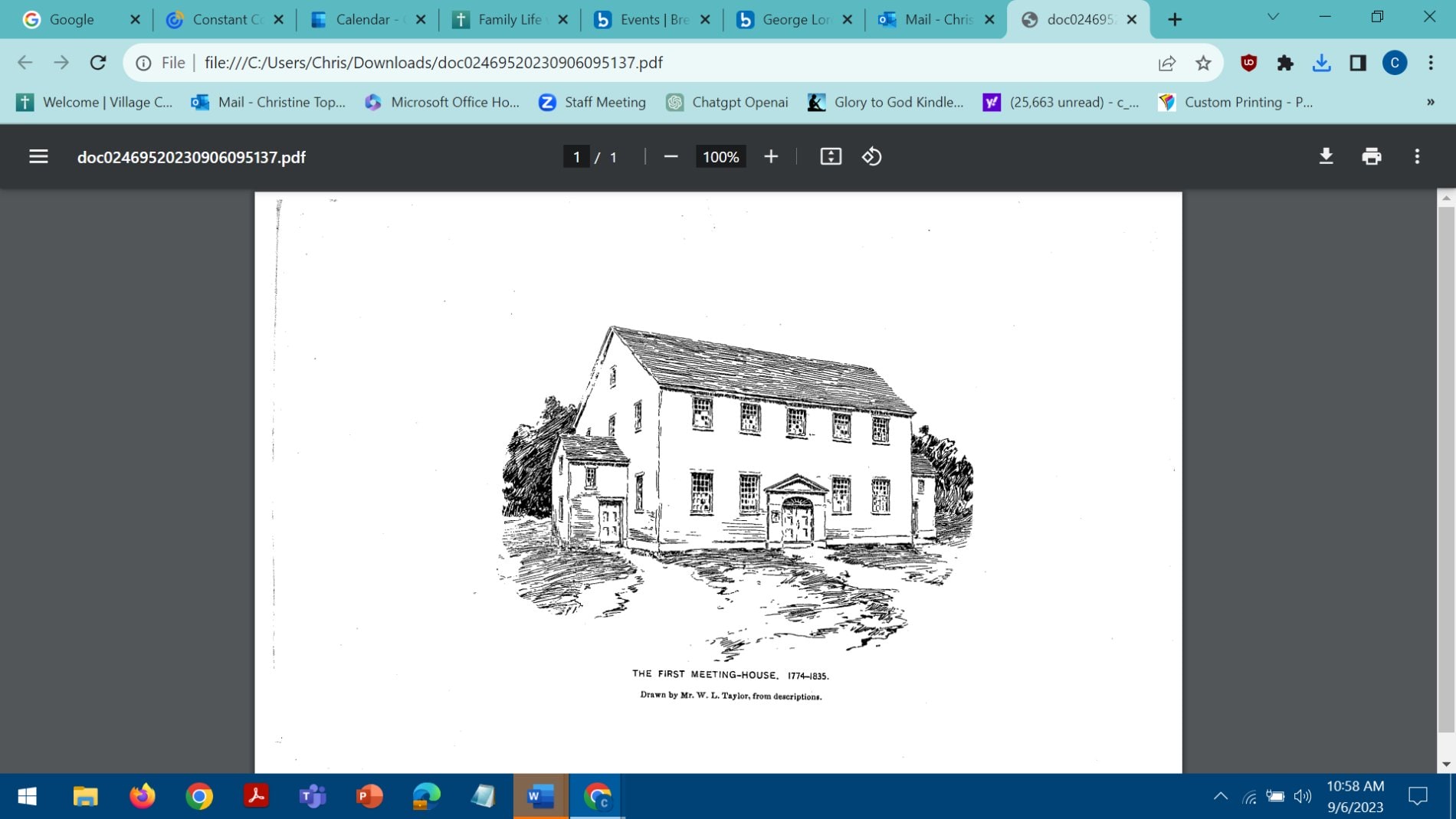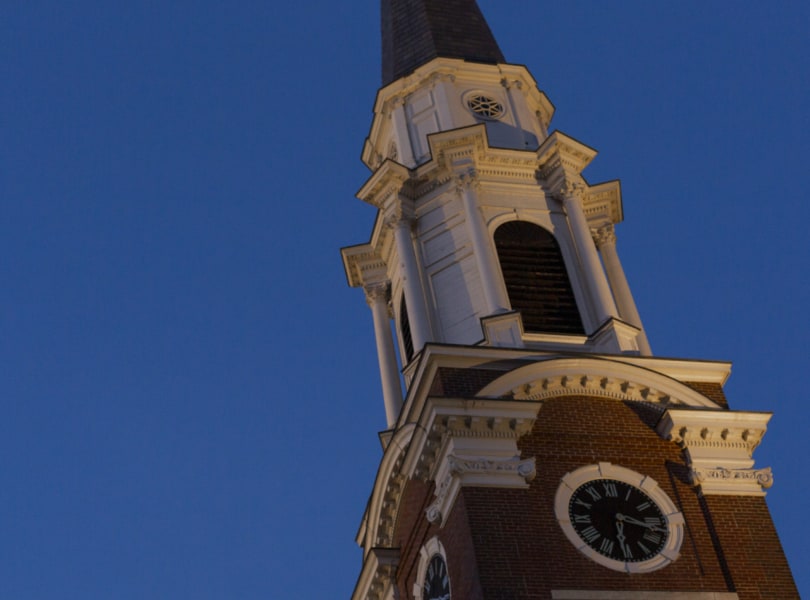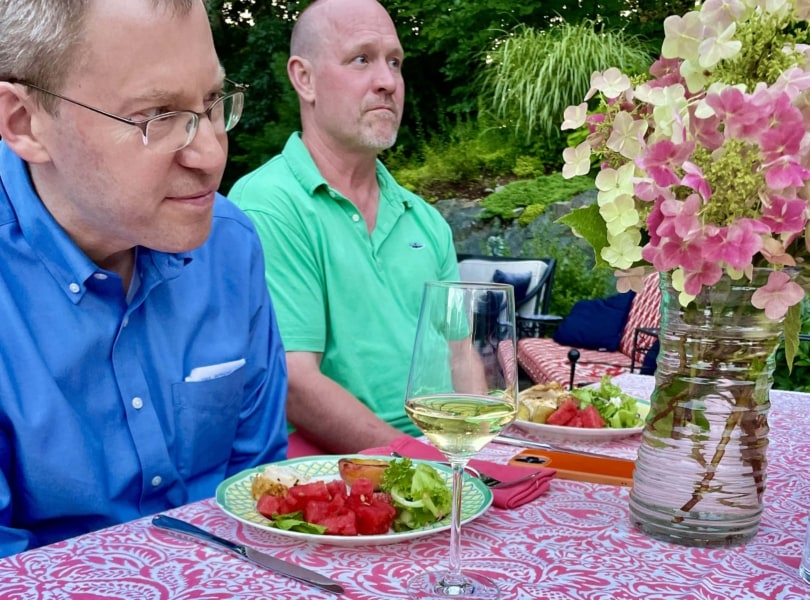Part One: The Well and the First Meeting House
Beulah Goodenow Bullard no longer minded the little bit of sand in the water as she lifted it from the well. While strong at age 57, she was slight in stature, and it was hard for her to reach and keep the bucket centered in the well as she lifted it one hand over the other. Getting water was a daily ritual, and frequently, but not every day, the bucket bumped the side of the well, catching a bit of sand or gravel that was dislodged.
The well had been dug by Beulah’s husband, Ephraim Bullard, just after they married in 1745. It was lined with field stones and while they were fitted well, sand and pebbles could work through the joints. If, while drawing water, the wooden bucket bumped the side of the well, a bit of sand would fall into the bucket. Then the bucket would be left to sit undisturbed. The sand would settle and the pure water would be ladled out for use. Ephraim finished the well with a solid cover, but he never built a windlass to lower or lift the bucket. He made it his own chore to draw the water, something he did faithfully until he was called to serve in the war to establish independence from the British crown. History records that Ensign Ephraim Bullard, was among those in the militia to “receive and spread the alarm” about the first fight at Lexington. Whenever he was away, Beulah lifted the water herself.
Beulah and Ephraim Bullard became parents of their first child, Collins, in 1746. Like so many children born in that time, Collins died as an infant. And like most children of that day, his short life included baptism. Baptizing children was considered a sacred duty for parents, so important where life was so fragile that it was often done within days of birth and sometimes at home. Quite possibly, the grief of losing a child was tempered by the joy of that child’s baptism. For the Bullards it was a recurring part of their married life. In all, they had 10 children, four of whom did not live beyond age 4.
After serving the militia, Ephraim’s living career included many roles that served the community in West Needham. As a hogreave, he wrangled the hogs who got loose and rooted through the gardens of neighbors, and then he helped settle the following disputes that arose over the lost crops. He did much the same as the community fence viewer. Livestock would break through fences and wander away. Differences flared over who had to repair the fence, not to mention finding the animal. Fence viewers had authority and Ephraim Bullard won high regard as he helped the owners resolve their disputes. The respect he earned led to his election as Selectman. and later, in June 1774, he was named to the committee to build a new meeting house in the West Precinct of Needham. He also operated a popular tavern, easy for him because he was so well known – but after all, most taverns, then and now, are usually popular. A windlass at the well at home remained on his list of projects and it was still unfinished when he died in 1779. He was 58 years old.
Sources for this story:
Bowden, Addison, Cemetery Documentation 2013.
Chandler, Edward Herrick, The Wellesley Congregational Church, 1898
Philbrick, Nathanial, Mayflower, 2006
A Manual for the Congregational Church In West Needham, 1859
Image: First Meeting-House, 1774-1835 drawn by Mr. W.L. Taylor from descriptions



